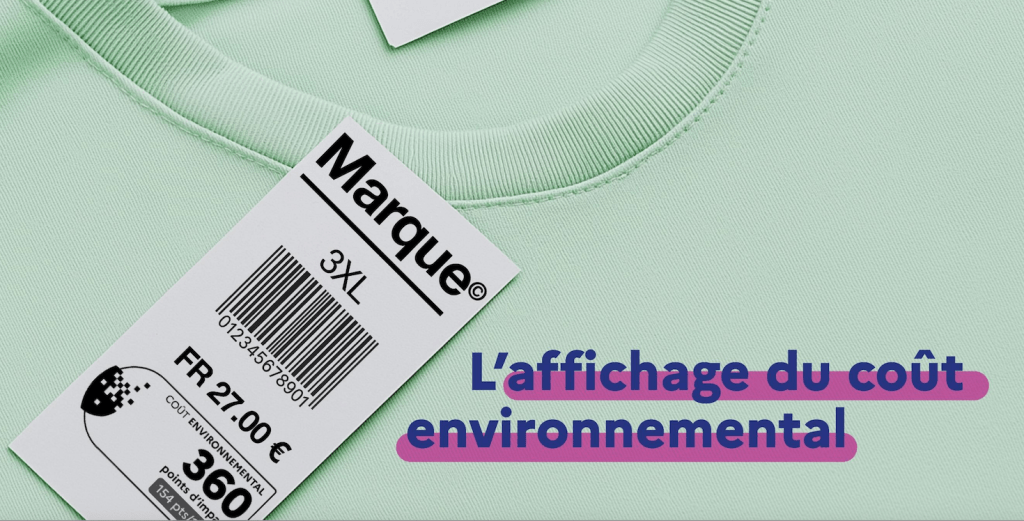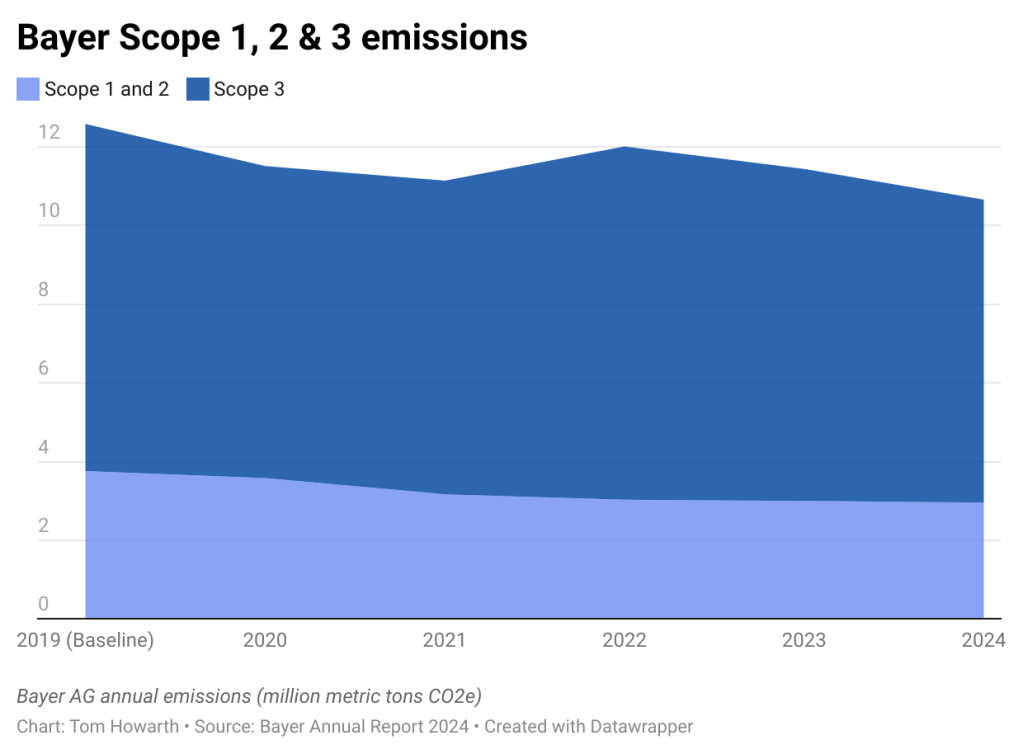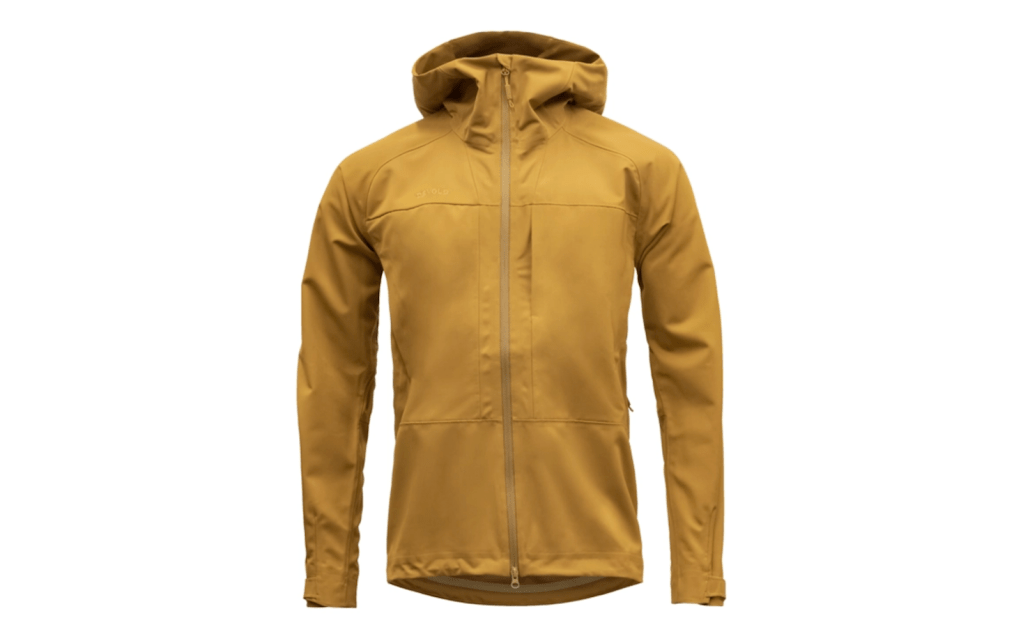The climate crisis isn’t just playing out in the atmosphere — it’s streaming, too. From near-future dystopias to family-friendly docuseries, the small screen offers a surprisingly rich medium for exploring the human stakes of environmental change.
We’ve rounded up a list of shows that sustainability professionals will appreciate — or at the very least, appreciate debating in Slack threads. Are we suggesting you turn your next team meeting into a watch party? Not exactly. But if you do, we’ll bring the popcorn.
Families Like Ours (2024)
Netflix
In a crisis underlined by facts and figures, Families Like Ours takes the personal route. Set in a not-so-distant-future Denmark, the series follows ordinary people as they face a climate disaster that forces them from their homes and their routines. Schools shut down, grocery stores go out of business, and neighbors pack their bags. Lauded as “grimly prophetic” by Stephanie Bunbury in her Deadline review, Families Like Ours asks audiences to imagine a world where “climate refugee” doesn’t just describe “them.” but all of us.
Snowpiercer (2020-24)
Apple TV
Trellis readers may already be familiar with this one, as its film “parent” graced our 9 Meaningful Movie Nights for the Sustainability Minded list. The series expands on Bong Joon-Ho’s masterfully crafted world of social and economic stratification. In a dystopian (near) future, the cast of Snowpiercer travels the world on a perpetually moving train. Each car acts as a class divider: “trailies” relegated to the back, with scarce resources and abysmal conditions, riders in the front living in luxury. Inevitably, in a claustrophobic setting that houses privilege and scarcity, a rebellion arises. If the train is a metaphor, the message is clear: When disaster strikes, inequality is magnified.
Silo (2023)
Apple TV
Based on a trilogy of books by Hugh Howey, this series takes us deep underground, to where a group of survivors seeks shelter from a world poisoned by nanobot outfall. Though they’ve managed to create a self-sustaining community, there are, of course, cracks beneath the surface (literally). Silo asks relevant questions about the aftermath of disaster: Who controls information after things go awry? How far should authority go to protect us? Does the drive for self-preservation clear the way for fascism?
Extrapolations (2023)
Apple TV
This eight-part anthology imagines a future reshaped by rising seas, global pandemics, and accelerating tech. Each episode of Extrapolations stands alone while threading into a larger story arc and timeline, reminding us that every individual action ripples outward. The cast is stacked — Meryl Streep, Edward Norton, Sienna Miller, Kit Harington — but the most memorable presence is the climate-changed world itself: disturbingly plausible and uncomfortably close.
Our Planet II (2023)
Netflix
This follow-up to the acclaimed Our Planet, and again narrated by Sir David Attenborough, zeroes in on animal migrations in a warming world. From African elephants to Alaskan crabs, Our Planet II captures the way creatures adapt — or don’t — when climate change disrupts ancient patterns. As you’d expect, the visuals are breathtaking, even if they are of ecosystems falling apart, which makes watching equal parts awe-inspiring and sobering.
The Swarm (2023)
Hulu and European platforms
What happens when Mother Nature has finally had enough? The Swarm offers one answer: a world in which marine life coordinates deadly attacks on humans. Whales sink boats, crustaceans overtake beaches and mysterious entities threaten to end life as they know it for city residents. Adapted from Frank Schätzing’s global bestseller, the edge-of-your-seat eco-horror is a plea to reconsider humanity’s arrogance towards nature before it’s too late.
Down to Earth with Zac Efron (2020 – 2022)
Netflix
Yes, Zac Efron, but beneath the celebrity gloss is a surprisingly earnest exploration of sustainability in action. From permaculture farming in Costa Rica to renewable energy in Iceland, Down to Earth With Zac Efron pairs globe-trotting adventure with digestible lessons in environmental best practice. Full disclosure: the critics were mixed. But, trust us, it’s breezy and watchable and way more informative than you might expect.
Japan Sinks: 2020 (2020)
Netflix
Based on Sakyo Komatsu’s novel, this animated series starts off with a bang — or more specifically, an earthquake. What begins as a survival story focused on the Mutou family quickly unfolds into a broader exploration of grief, identity and resilience. Japan Sinks: 2020 pulls audiences in as much with sweeping landscapes and brave stunts as with heartwarming displays of humanity. Although met with contempt from Japanese audiences for its criticism of the country, the series was nominated for two Crunchyroll Anime awards and won the 2021 Annecy Jury Prize for a Television Series.
The Commons (2019-20)
Apple TV and Prime Video
Set in a near-future Sydney scorched by heatwaves, The Commons is a smartly drawn drama that centers on a single woman’s struggle with fertility amid ecological collapse and creeping authoritarianism. As personal and political crises collide, she finds herself grappling with questions of increasing urgency: Should we bring new generations into such a damaged world? Where is the line between protection and overreach?
Captain Planet and the Planeteers (1990-96)
Apple TV and Prime Video
Before “climate anxiety” was even a term, this Saturday morning cartoon was teaching kids about pollution, deforestation and renewable energy. With its gloriously ‘90s aesthetic, Captain Planet and the Planeteers follows a team of teens as they summon our green-mulleted eco-hero to battle corporate polluters and toxic villains. Like its successor Wild Kratts, the series targets younger viewers, but revisiting it now offers both a dose of camp and a reminder to start environmental education early.
The post 10 streaming series for the sustainability-reclined appeared first on Trellis.





